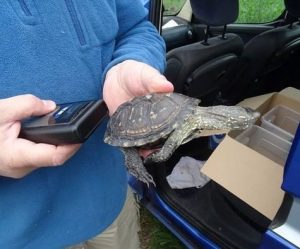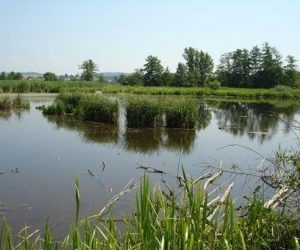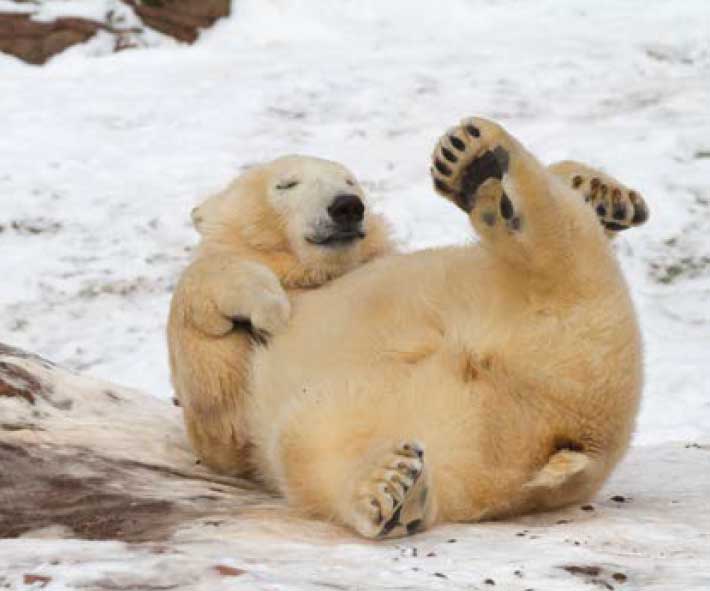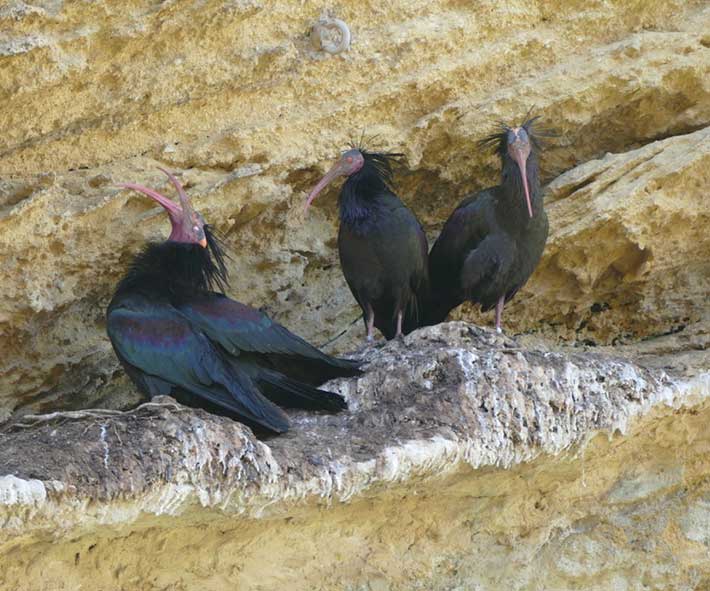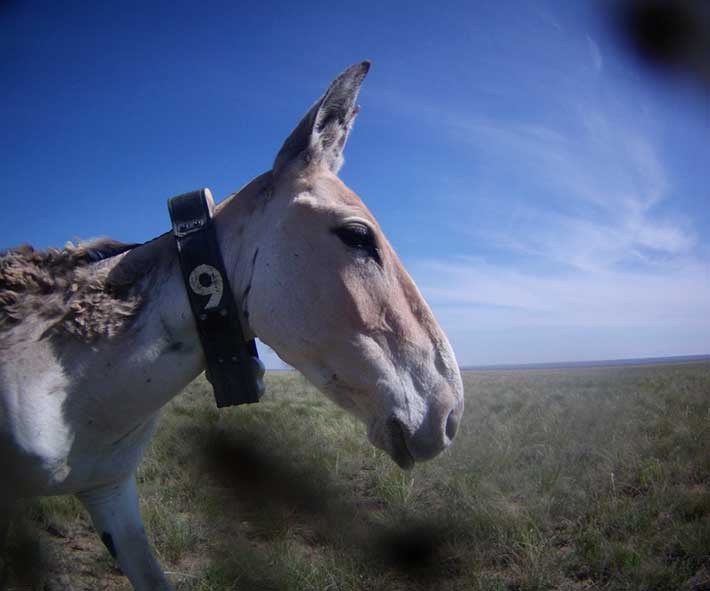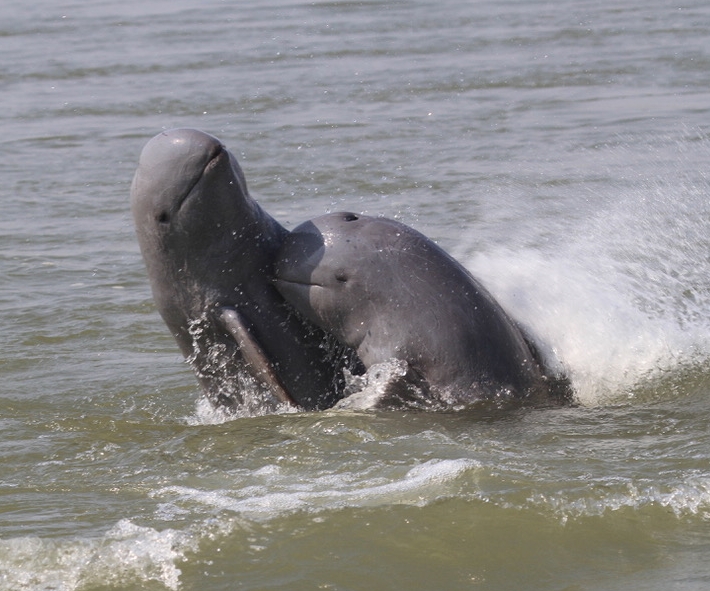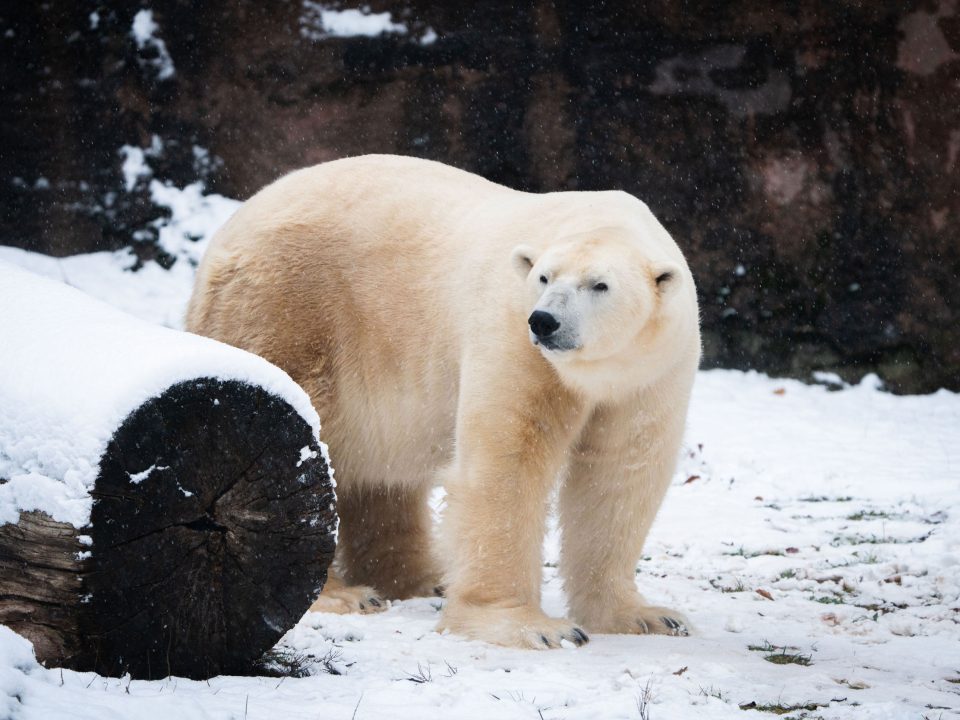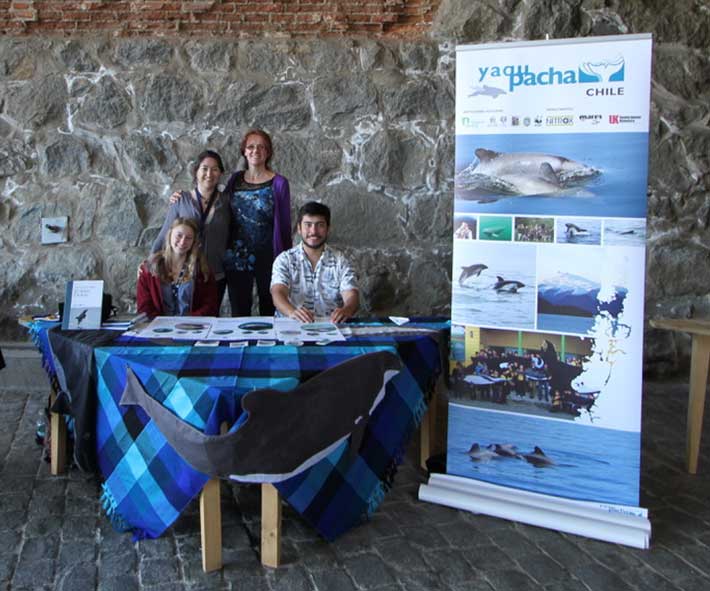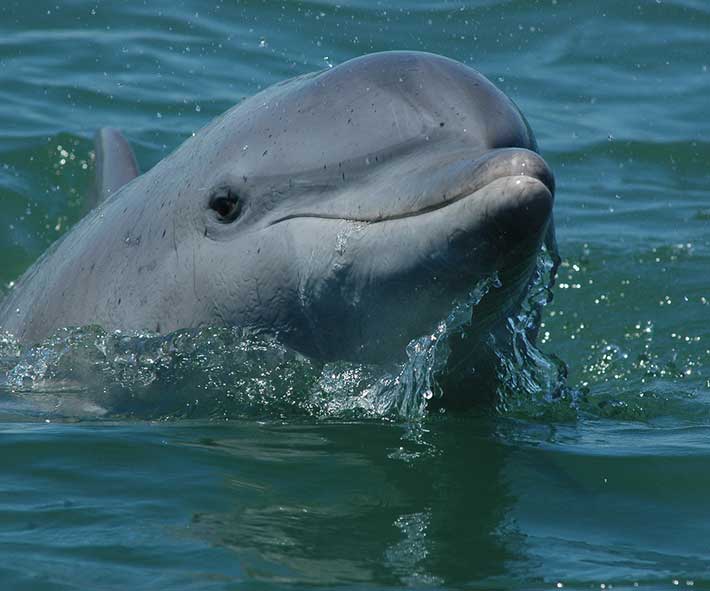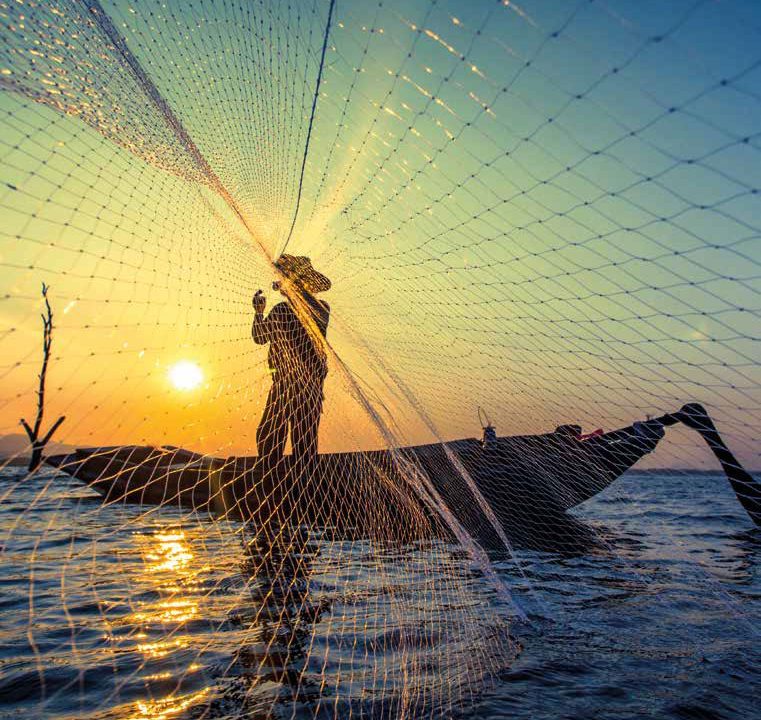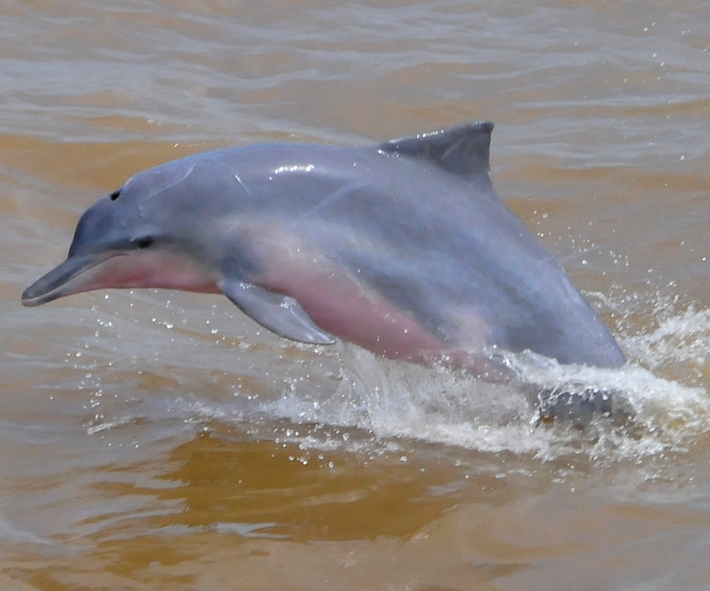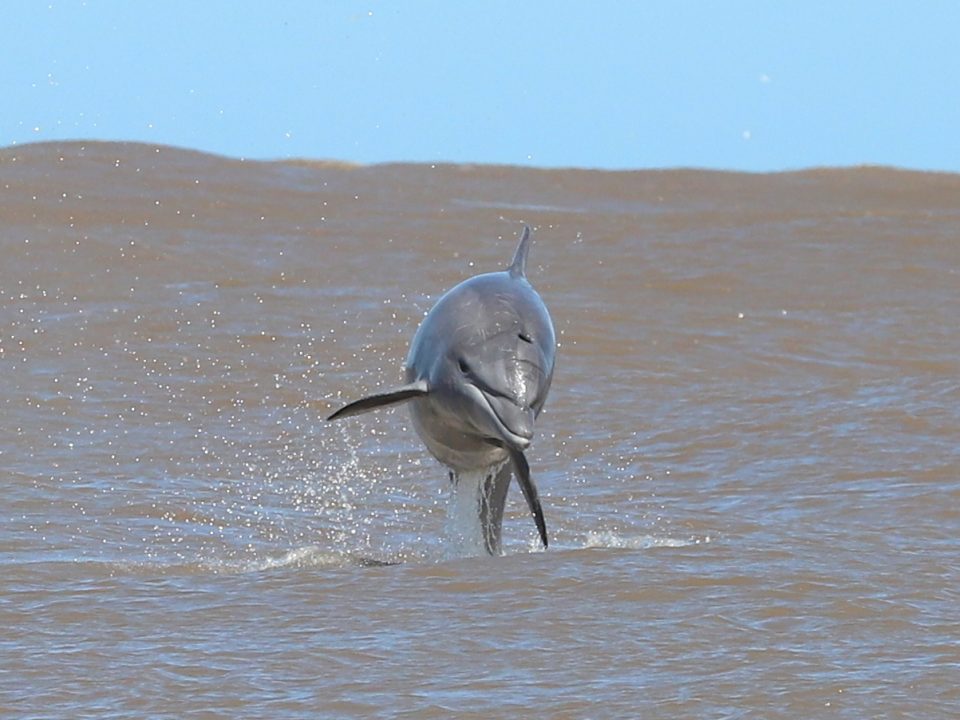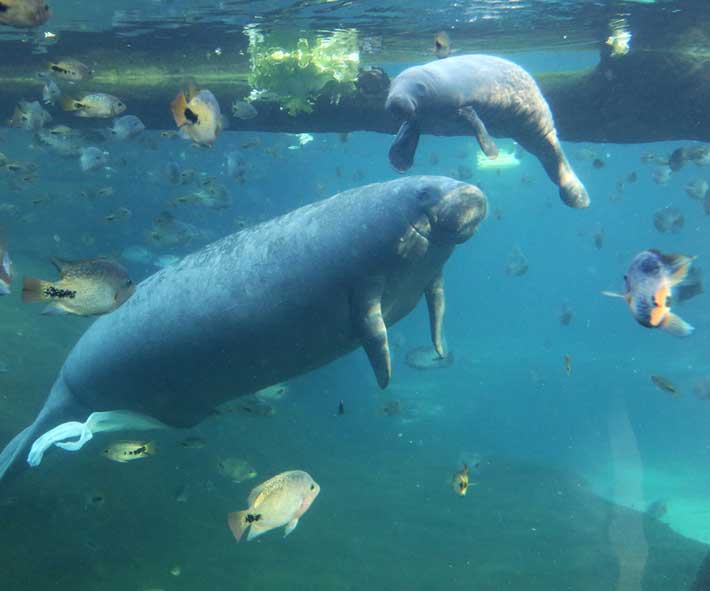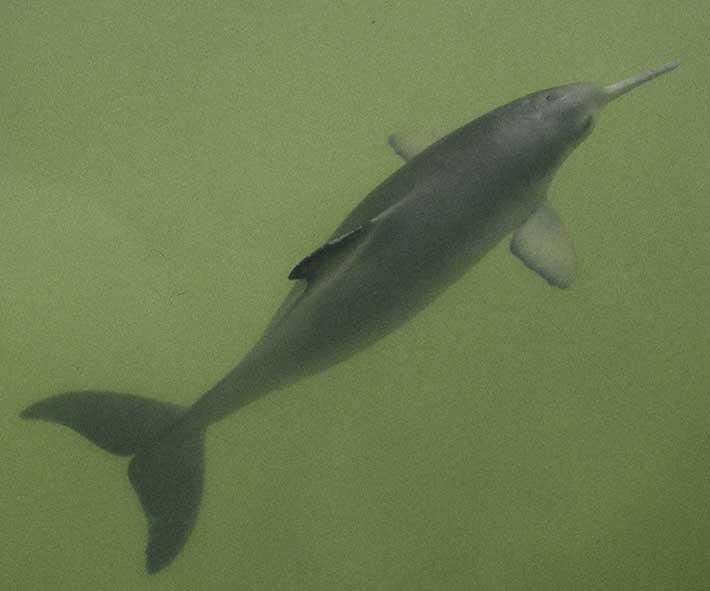
Conservation of the La Plata Dolphin
22/07/2020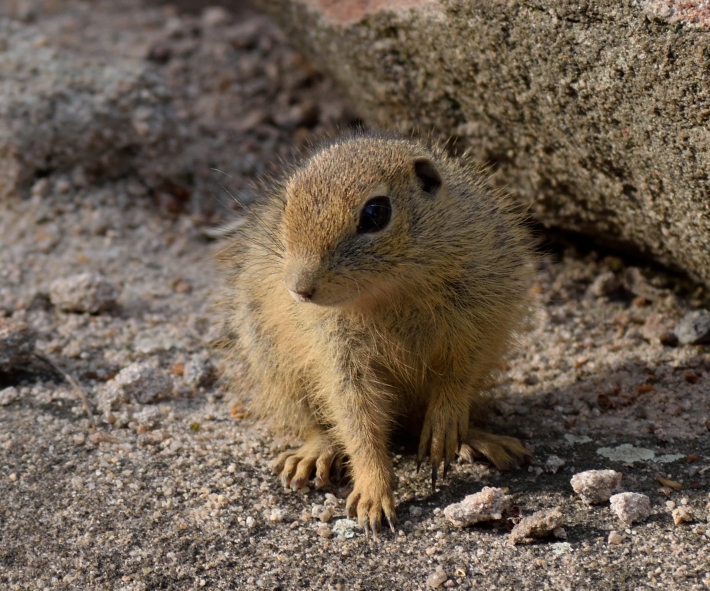
Reintroduction European Ground Squirrel
22/07/2020Reintroduction European Pond Turtle

The European pond turtle (Emys orbicularis) is the only turtle native to central Europe. It is listed as critically endangered in the Red List of Germany, Austria and Switzerland. Several subspecies inhabit a huge area that ranges from Morocco to Spain, Latvia, Turkey until Kasachstan. European pond turtles prefer shallow, standing or slow-running water that quickly warms up. They also require thick vegetation that offers hiding places as well as a layer of mud on the bottom of the water for hibernation.
Two factors in particular were responsible for their massive decline in central Europe: on the one hand they were collected in huge numbers as (fasting) meals in medieval times and on the hand, large parts of their habitat were lost because of drainage, straightening of water bodies and drying up of ponds and lakes due to a lowering of ground water levels. Streets pose an additional threat, particularly for females that get overrun on the search of a suitable egg-laying sites. Mortality as bycatch and the loss of suitable, sunny nesting sites have an additional negative impact.
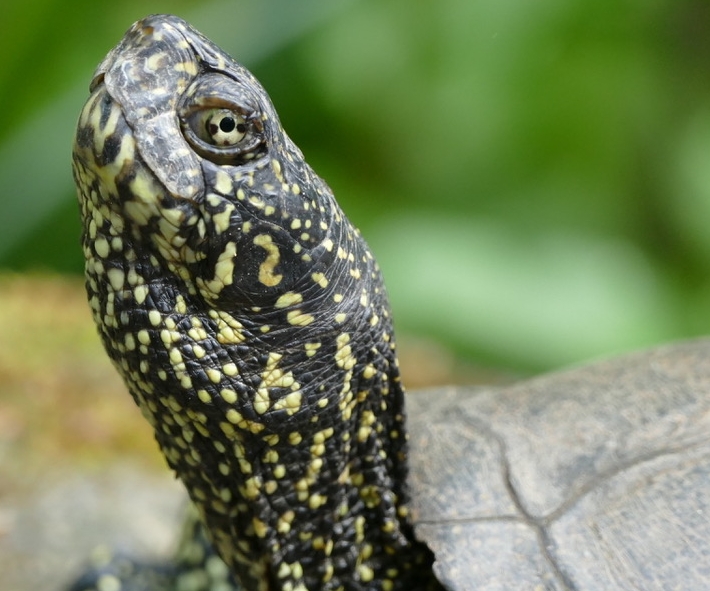
European pond turtle (Emys orbicularis)
Our Contribution
The Nuremberg Zoo keeps European pond turtles for the purpose of breeding. Moreover, since 2020 juvenile pond turtles are raised in the zoo where they can grow up in a safe environment to be released later. The restructuring of the Mediterraneum for the purpose of keeping several species from the Mediterranean together was facilitated by the Association Friends of the Nuremberg Zoo.
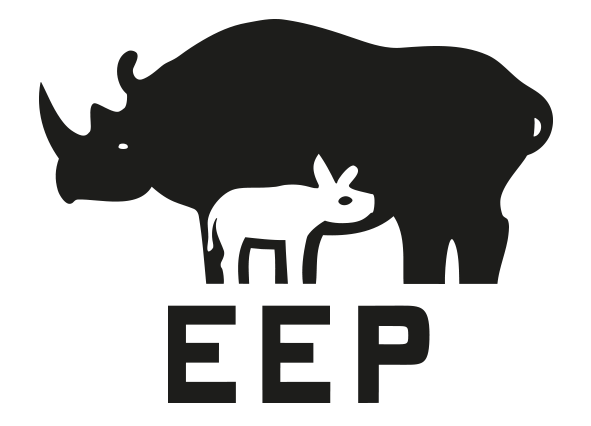
European pond turtles are kept and bred in the Nuremberg Zoo.
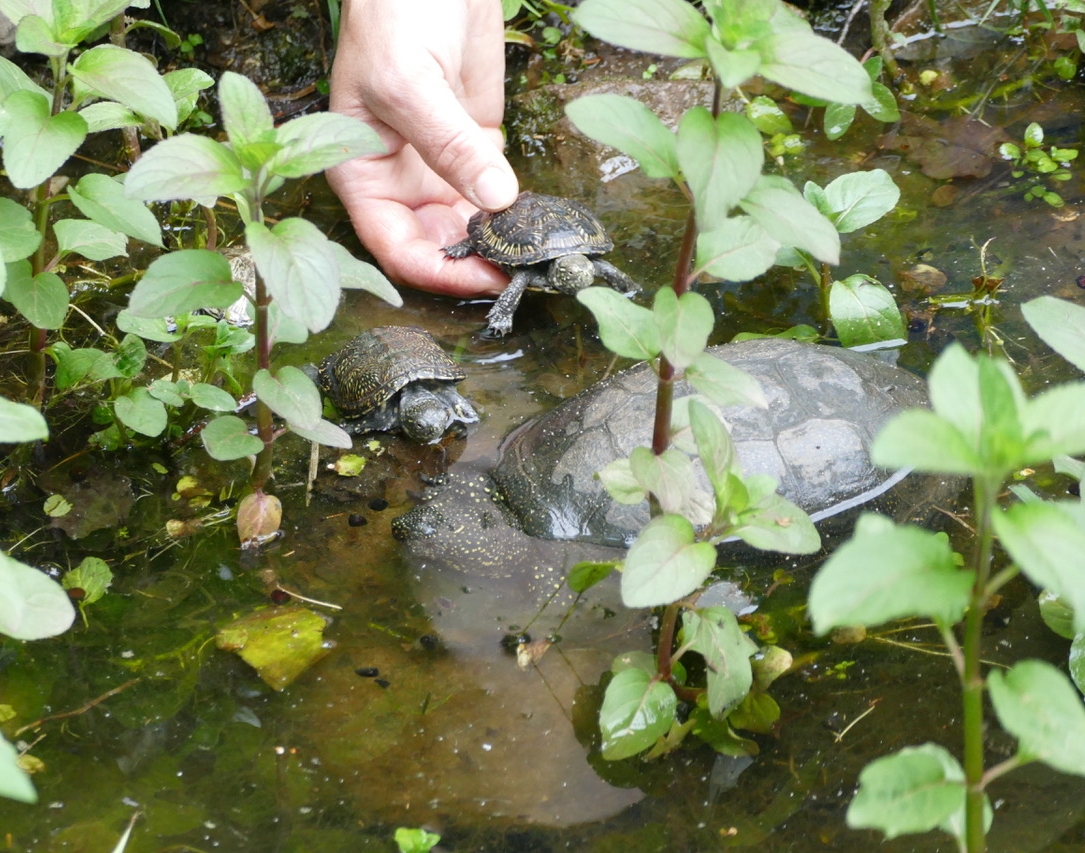
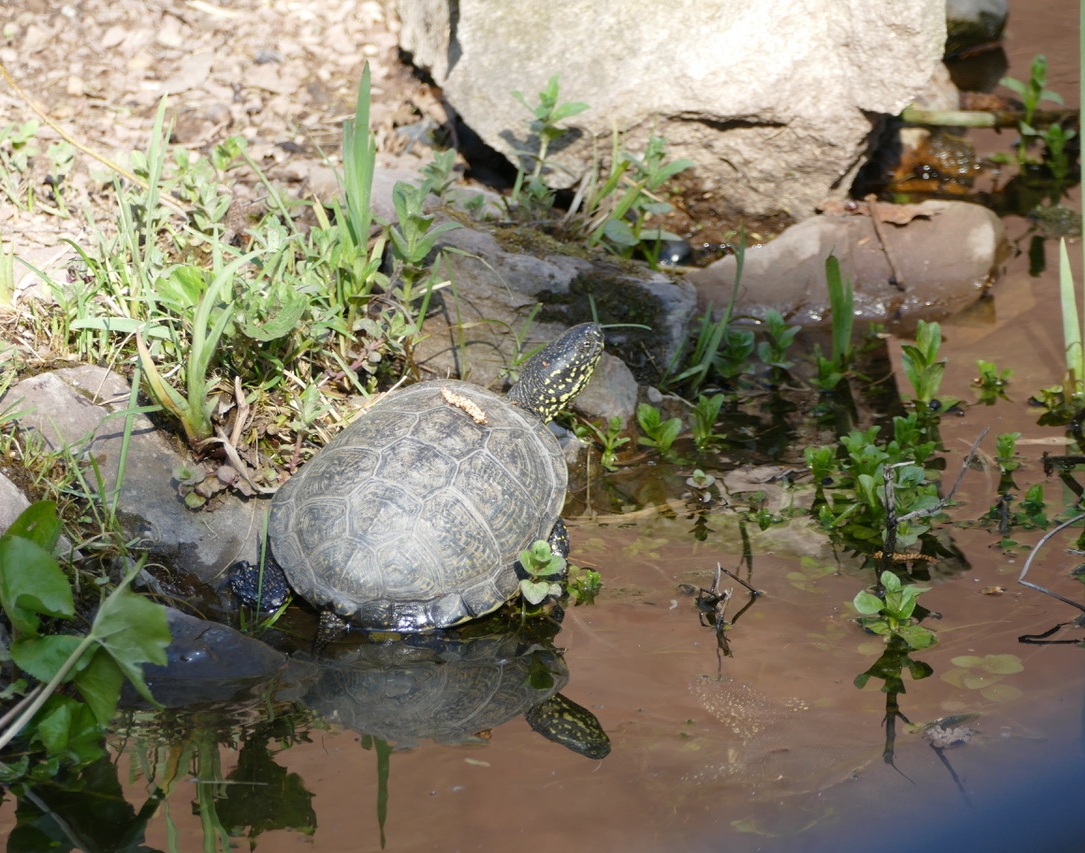

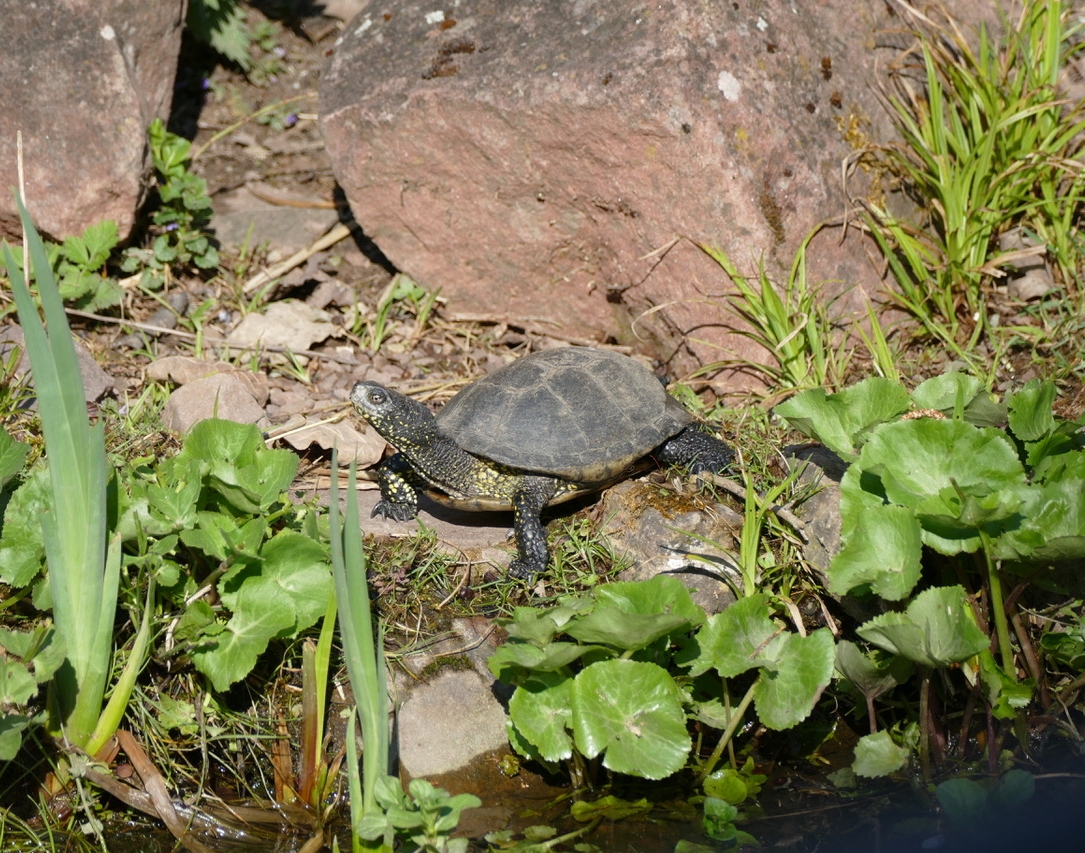
Pictures
- © AG Sumpfschildkröte
- © AG Sumpfschildkröte
- © AG Sumpfschildkröte



